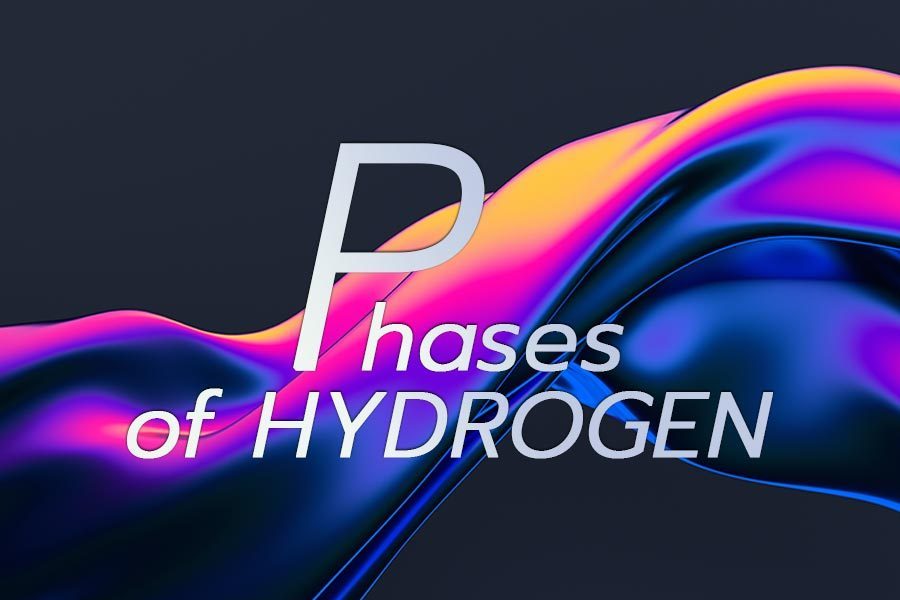Hydrogen A to Z Series: P is for Phases
By: GenH2 Staff
Read Time: 3 minutes
Defining The Hydrogen Economy from A to Z : P is for Phases
Continuing in our Defining the Hydrogen Economy series, today we’ve reached the letter P and will be discussing Phases, particularly how hydrogen is phased from gas to liquid and liquid to gas. But let’s first start by discussing what phase changes are in general.
A phase of matter is characterized by having relatively uniform chemical and physical properties. Phases are different from states of matter. A phase change, also known as a phase transition, is when one state of matter transitions into another. The three main states of matter are solid, liquid, and gas. Plasma is the fourth state of matter.
Phase changes typically occur when the temperature or pressure of a system is altered. When temperature or pressure increases, molecules interact more with each other. When pressure increases or temperature decreases, it’s easier for atoms and molecules to settle into a more rigid structure. When pressure is released, it’s easier for particles to move away from each other.
There are six distinct changes of phase which happens to different substances at different temperatures. The six changes are:
- Freezing: the substance changes from a liquid to a solid.
- Melting: the substance changes back from the solid to the liquid.
- Condensation: the substance changes from a gas to a liquid.
- Vaporization: the substance changes from a liquid to a gas.
- Sublimation: the substance changes directly from a solid to a gas without going through the liquid phase.
- Deposition: the substance changes directly from a gas to a solid without going through the liquid phase.
In Cryogenics, we use distinct vaporization phase change to measure heat. This is what we call calorimetry in cryogenics and some of GenH2’s cryostat technology is based on that. By knowing the energy it takes to transition Liquid Hydrogen to Gaseous Hydrogen, we can measure the heat transmission into the system. Phase change is one of the few reliable and confident ways to measure heat transmission, which allows us to do thermal conductivity measurements on almost any type of insulation system.

Large scale hydrogen liquefaction is considered an established technology, although improvements still continue. GenH2’s focus is currently on industrial scale liquefaction and storage, with technology for controlled storage. By controlling the storage, we can outright eliminate the phase change of the hydrogen and store as liquid and control its transition to gas or supercritical fluid. The transportation and storage of hydrogen are critical to its adoption, implementation, and the liquefaction of hydrogen stands out as the only viable energy carrier at scale and the ultimate pathway for storing vast amounts of renewable energy
Please look for our next week’s blog continuing with the letter P; the subject of Purity and its importance to the liquid hydrogen value chain.



